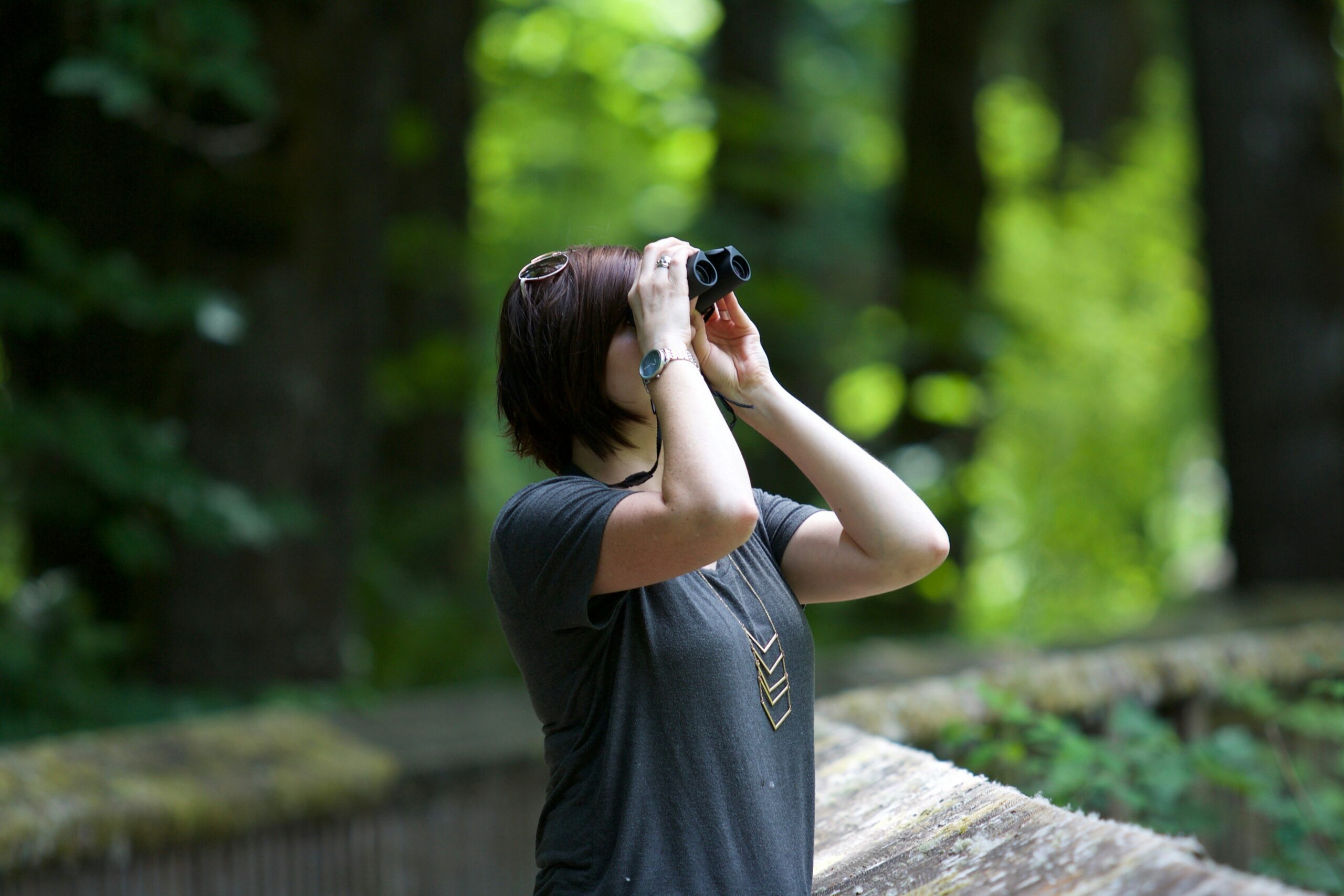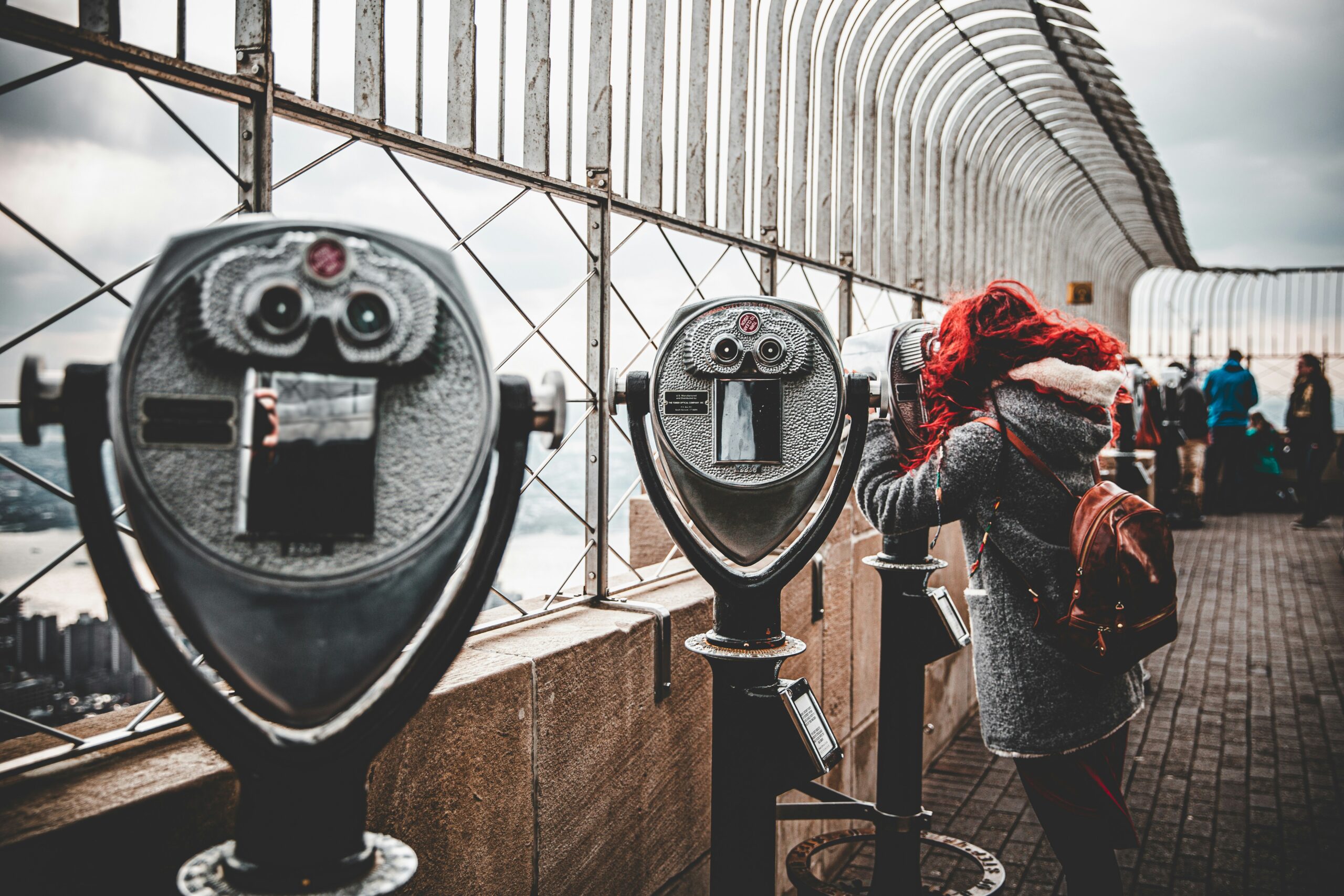Imagine you’re out in nature, exploring the vast beauty that surrounds you. As you walk through the dense forest or gaze out over the rolling hills, you can’t help but become captivated by the stunning sights that unfold before your eyes. But what if you could enhance your experience even further? Enter 20×50 binoculars. These magnificent optical instruments have the power to bring the world closer, allowing you to see intricate details that would otherwise go unnoticed. But what exactly does “20×50” mean? In this article, we will unravel the mystery behind these numbers and discover how they contribute to your viewing pleasure. So strap in, get ready to embark on an exciting journey, and prepare to see the world like never before.

Understanding Binocular Terminology
Definition of binoculars
Binoculars are optical devices designed to enhance human vision by providing a magnified view of distant objects. They consist of two telescopes, aligned side by side, allowing both of your eyes to simultaneously view the scene. Binoculars are commonly used for various activities such as wildlife observation, birdwatching, stargazing, hunting, and even spectator sports.
Critical terminologies in binocular specifications
When exploring binocular specifications, it is essential to understand the critical terminologies that define their performance and capabilities. Some of the most important terminologies include magnification, objective lens diameter, field of view, weight and size, and eye relief. These specifications greatly influence the overall user experience and determine the suitability of binoculars for different activities.
Significance of terminologies in user experience
Terminologies in binocular specifications play a crucial role in shaping the user experience. They provide valuable insights into the capabilities and limitations of the binoculars, allowing users to make informed decisions based on their specific needs. By understanding these terminologies, you can assess the suitability of binoculars for your desired activities and ensure a satisfactory viewing experience.
Specifics of 20×50 Binoculars
Meaning and Implication of ’20x’
The ’20x’ specification in 20×50 binoculars refers to the magnification power of the device. It indicates that the binoculars provide 20 times closer views than what is observed with the naked eye. Higher magnification allows you to see distant objects in greater detail, making it ideal for activities such as astronomy or observing birds from a distance.
Meaning and implication of ’50’
The ’50’ specification in 20×50 binoculars refers to the objective lens diameter, measured in millimeters. The objective lens is responsible for gathering light and forming the initial image. A larger objective lens diameter allows more light to enter the binoculars, resulting in brighter and clearer images.
Understanding what 20×50 combination means
The combination of 20x magnification and 50mm objective lens diameter in 20×50 binoculars offers a unique balance between magnification power and light-gathering capability. This combination is well-suited for various outdoor activities, including wildlife observation, birdwatching, and stargazing. The 20x magnification allows you to observe distant objects in detail, while the 50mm objective lens diameter ensures sufficient brightness even in low-light conditions.
Analyzing the Magnification Power
Understanding magnification in binoculars
Magnification in binoculars refers to the factor by which they enlarge the viewed image. It indicates how many times closer the object appears compared to the naked eye. Higher magnification can provide more detail but may also result in a narrower field of view and decreased image stability.
Distinction of 20x magnification
With a magnification power of 20x, the 20×50 binoculars are considered to have a high level of magnification. This allows you to observe distant objects with exceptional detail and clarity, making it an excellent choice for activities that require a closer look, such as birdwatching or observing celestial bodies.
Appearances and viewing experience at 20x magnification
At 20x magnification, objects appear significantly closer and larger than they would to the naked eye. However, it’s important to note that higher magnification can also magnify any hand movements, resulting in a shakier image. To stabilize the view, using a tripod or resting the binoculars on a stable surface is recommended. Nevertheless, the enhanced level of detail provided by 20x magnification can greatly enrich your viewing experience, particularly for activities where observing intricate features is essential.
Assessing the Objective Lens Diameter
Role and significance of objective lens
The objective lens of binoculars plays a vital role in capturing light and forming the initial image that will be magnified for viewing. It’s positioned at the end of each barrel and determines the amount of light that enters the binoculars. A larger objective lens can gather more light, resulting in brighter and clearer images, especially in low-light conditions.
Understanding the 50mm measurement
In the case of 20×50 binoculars, the number ’50’ represents the diameter of the objective lens in millimeters. A 50mm objective lens admits a considerable amount of light, thereby providing excellent light-gathering capabilities. This is particularly advantageous when observing in low-light environments or during dawn and dusk, making 20×50 binoculars a versatile option for a wide range of activities.
How objective lens diameter influences binocular performance
The diameter of the objective lens significantly influences the overall performance of binoculars. A larger objective lens, such as the 50mm in 20×50 binoculars, not only enables better light transmission but also enhances image brightness, color rendition, and overall image quality. It allows for clearer views in challenging lighting conditions, rendering the 20×50 binoculars suitable for both daytime and low-light observations.

Impact of 20×50 Specification on Light Gathering Capability
Understanding light gathering in optics
Light gathering is a vital aspect of optical devices like binoculars. It refers to the ability of the binoculars to collect as much light as possible for brighter and clearer images. Inadequate light gathering capability can result in darker or dimmer views, especially in low-light situations.
Influence of 20×50 specification on light gathering
The 20×50 specification in binoculars indicates a significant degree of light gathering capability. With a 50mm objective lens diameter, these binoculars excel at capturing ample light, allowing for brilliant images even in challenging lighting conditions. Whether you’re birdwatching at dawn or observing celestial bodies under a starry sky, the 20×50 binoculars ensure an enjoyable and immersive experience.
User experience under different lighting conditions with 20×50 binoculars
The superior light gathering capability of 20×50 binoculars opens up opportunities for various activities in different lighting conditions. During the daytime, the 50mm objective lens diameter ensures bright and vibrant views, showcasing the beauty of nature with enhanced clarity. In low-light conditions, such as stargazing or moonlit wildlife observation, the 20×50 binoculars allow you to explore the nocturnal wonders with exceptional detail and contrast.
Analyzing Field of View in 20×50 Binoculars
Definition and relevance of field of view
Field of view refers to the width of the observable area through binoculars at a specific distance. It is usually measured in degrees or the width in feet/meters at a thousand-yard/meter distance. A wider field of view allows you to observe a larger area, making it easier to track moving objects or observe a broader scene.
Estimating field of view in 20×50 binoculars
20×50 binoculars typically offer a narrower field of view compared to binoculars with lower magnification. The specific field of view can vary depending on the individual model, but generally, 20×50 binoculars have a narrower observable area. This narrower field of view is a trade-off for the increased magnification, allowing for more detailed observations while sacrificing a wider view.
Comparison of field of view with other binocular specifications
When considering binocular specifications, it’s important to strike a balance between magnification and field of view. Lower magnification binoculars generally have wider fields of view, making them suitable for activities that require tracking fast-moving objects or observing broader scenes. On the other hand, 20×50 binoculars offer a narrower field of view but provide an enhanced level of detail, making them ideal for observing stationary or distant objects with greater clarity.

Weight and Size Considerations of 20×50 Binoculars
Understanding binocular dimensions and weight
The dimensions and weight of binoculars are important considerations, particularly if you plan to carry them for extended periods or engage in activities that require mobility. The size of binoculars impacts their portability, ease of use, and comfort when holding them for extended periods. Additionally, the weight of binoculars can affect stability and the strain felt during prolonged use.
Expected weight and size of 20×50 binoculars
20×50 binoculars generally have larger dimensions and are slightly heavier compared to compact binoculars with lower magnification. The specific dimensions and weight can vary depending on the make and model, but 20×50 binoculars typically fall under the medium to large-sized category. While they may be bulkier compared to compact binoculars, many manufacturers design them with ergonomic features to ensure a comfortable grip and ease of use.
Practical implications of carrying 20×50 binoculars
When considering 20×50 binoculars, it’s important to consider how their weight and size may affect your intended activities. While larger and slightly heavier, these binoculars offer powerful magnification and excellent light-gathering capabilities. They are well-suited for stationary or seated activities, such as astronomy or birdwatching from a fixed location. If you anticipate more movement or extended periods of carrying, it may be worth exploring compact or lightweight alternatives that better suit your mobility needs.
Impact on Eye Relief of 20×50 Binoculars
Definition and significance of eye relief
Eye relief refers to the distance between your eyes and the eyepiece of the binoculars while still maintaining a full field of view. It is particularly important for those who wear eyeglasses, as sufficient eye relief allows for comfortable viewing without the need to remove or readjust their glasses.
How 20×50 affects eye relief
The eye relief of 20×50 binoculars can vary depending on the specific model, but generally, they offer longer eye relief compared to higher-magnification binoculars. This ensures that even if you wear glasses, you can still maintain a full field of view without any loss of image. The comfortable eye relief of 20×50 binoculars facilitates extended viewing sessions without discomfort.
Practical implications for glasses wearers
For individuals who wear glasses, 20×50 binoculars provide a convenient and enjoyable viewing experience. The longer eye relief allows you to keep your glasses on while using the binoculars, ensuring unhindered and comfortable observation. This eliminates the need for constant adjustment or potential loss of image clarity experienced with binoculars that have shorter eye relief.
Choosing Between 20×50 Binoculars and Other Sizes
Comparing 20×50 binoculars with other specifications
When selecting binoculars, it’s important to consider the specific activities and requirements you have in mind. While the 20×50 binoculars offer unique advantages, it’s worth comparing them to other sizes to determine which specification suits you best. Options such as 8×42 or 10×50 binoculars are popular choices with their own benefits and considerations.
Pros and cons of 20×50 binoculars
The 20×50 binoculars offer numerous advantages, such as exceptional magnification and excellent light-gathering capabilities. They provide detailed views of distant objects and perform well in various lighting conditions. However, it’s important to note that the higher magnification can result in a narrower field of view and potentially shakier images. Additionally, the larger size and weight may affect portability for some individuals.
Ideal use scenarios for 20×50 binoculars
The 20×50 binoculars are well-suited for activities that benefit from high magnification and enhanced light-gathering capabilities. These binoculars excel in birdwatching, wildlife observation, stargazing, and other stationary or seated activities where closer views and detailed observations are essential. Whether you are observing birds in their natural habitat or exploring the depths of the night sky, the 20×50 binoculars offer a remarkable viewing experience.
Maintaining and Cleaning 20×50 Binoculars
Importance of proper maintenance
Proper maintenance is crucial for keeping your binoculars in optimal working condition and ensuring their longevity. Regular cleaning and maintenance not only preserve the performance and image quality but also protect the internal components from damage and extend the lifespan of your 20×50 binoculars.
Tips for cleaning the 20×50 lens and body
When cleaning the lenses of your 20×50 binoculars, it’s important to use lens cleaning solutions and microfiber cloths specifically designed for optics. Avoid using abrasive materials or harsh chemicals that may damage the lens coatings. Gently brush away any debris or dust using a lens brush or air blower before wiping the lenses in circular motions with a clean, lint-free cloth.
For the body of your binoculars, a gentle wipe with a damp cloth or mild soapy water can remove dirt or smudges. Avoid immersing the binoculars in water or using excessive force during cleaning.
Recommendations for storage and transport
Proper storage and transport of your 20×50 binoculars are essential to protect them from accidental damage or environmental factors. Store your binoculars in a dry and clean environment, ideally in a protective case or pouch. Ensure that the lenses are covered with lens caps to prevent scratches or dust accumulation.
When transporting your binoculars, secure them in a padded bag or case to prevent jostling or impact. Avoid exposure to extreme temperatures, humidity, or direct sunlight, as these conditions may affect the performance and longevity of your binoculars.
By following these maintenance and cleaning practices, you can ensure the optimal performance and longevity of your 20×50 binoculars.
